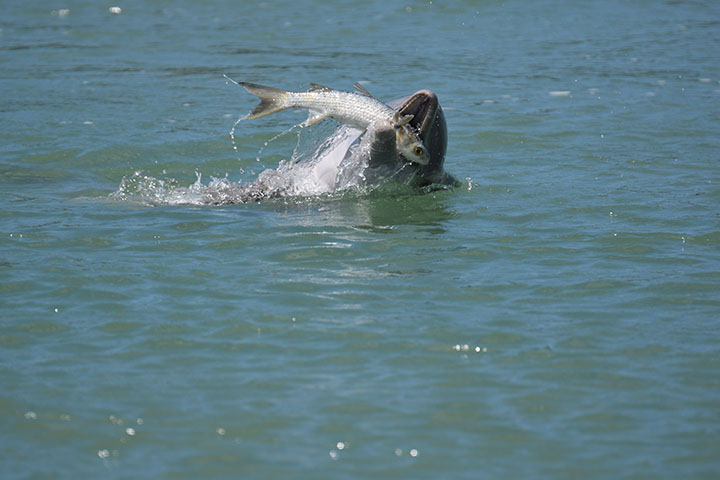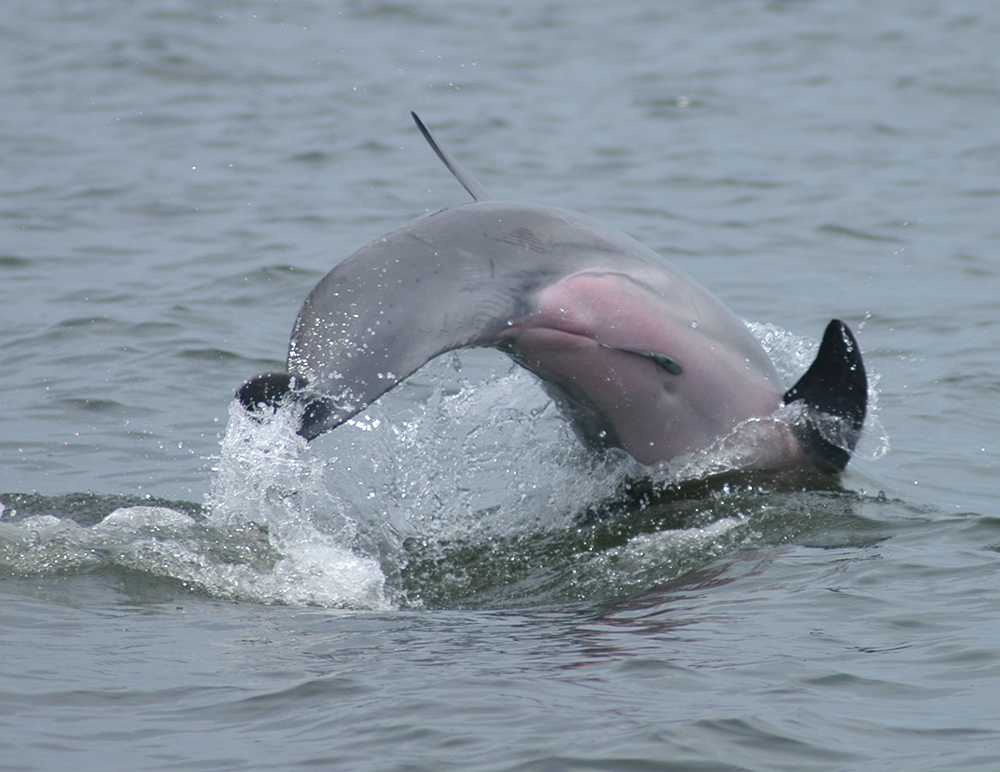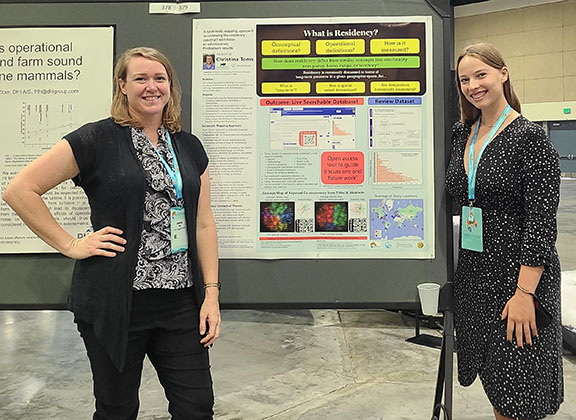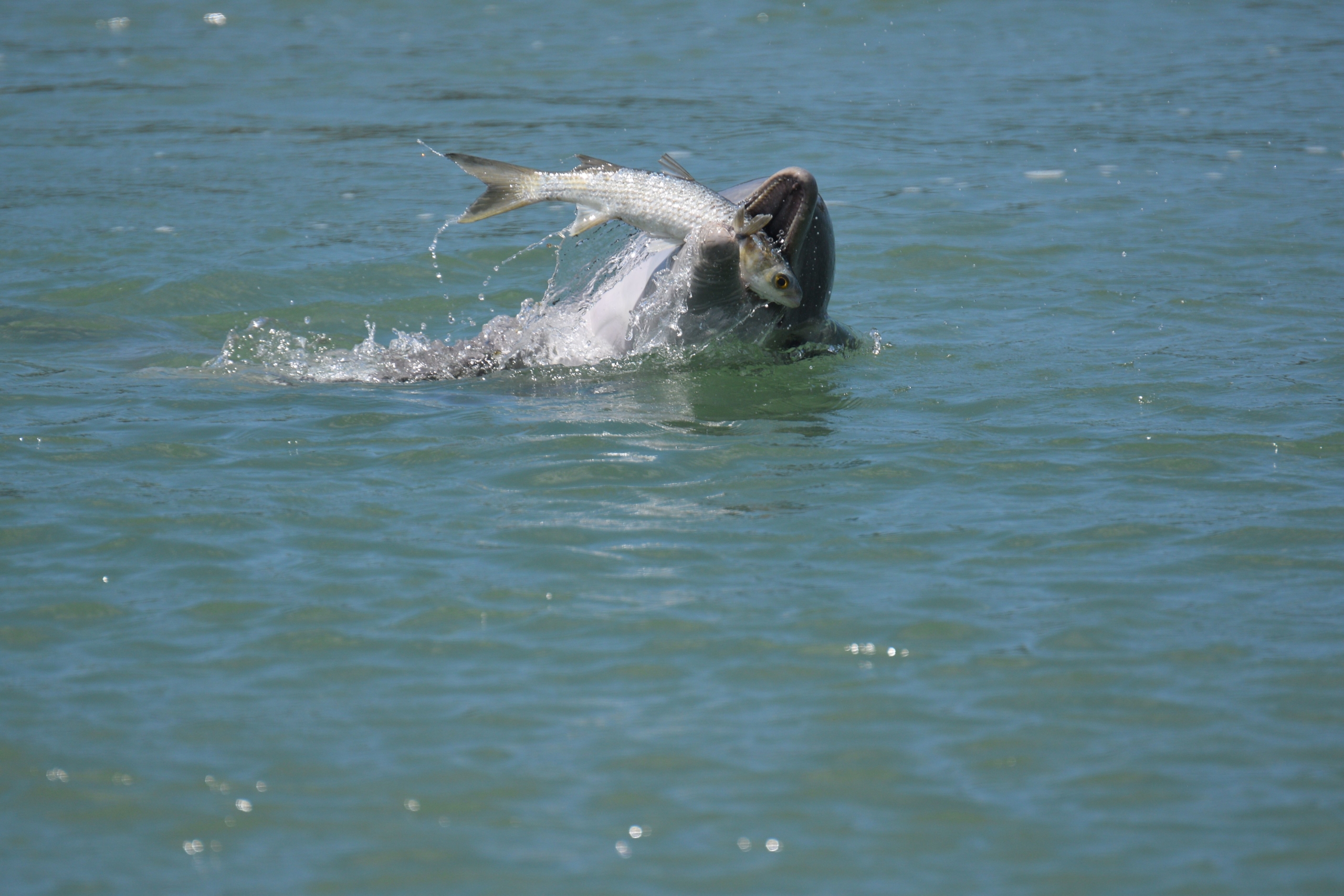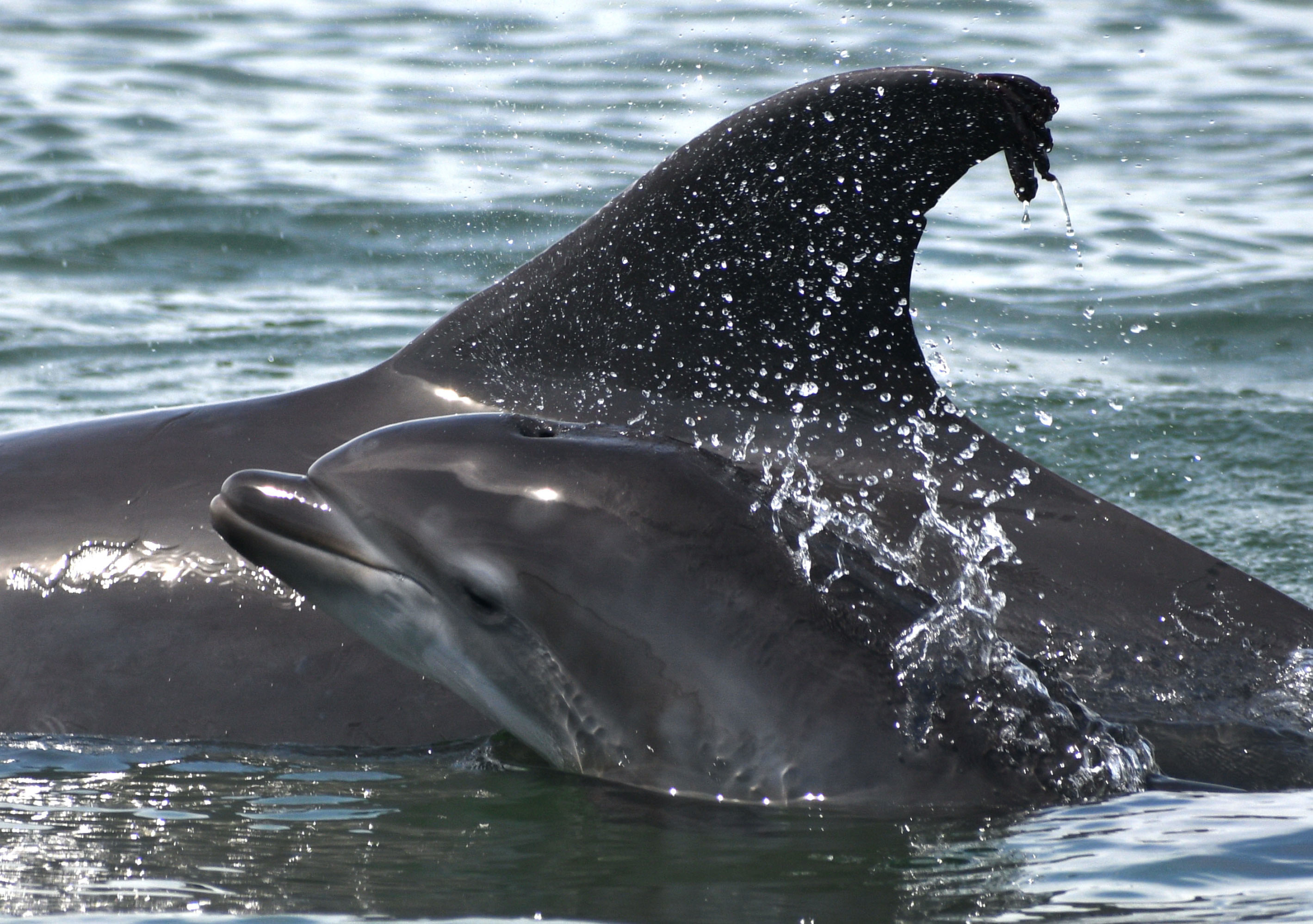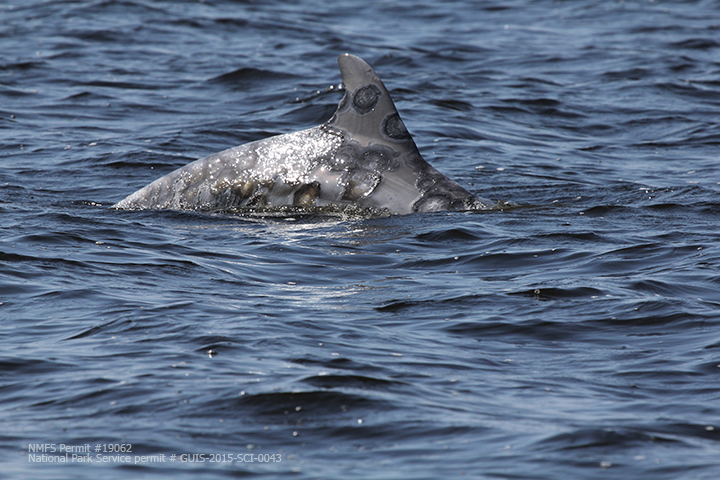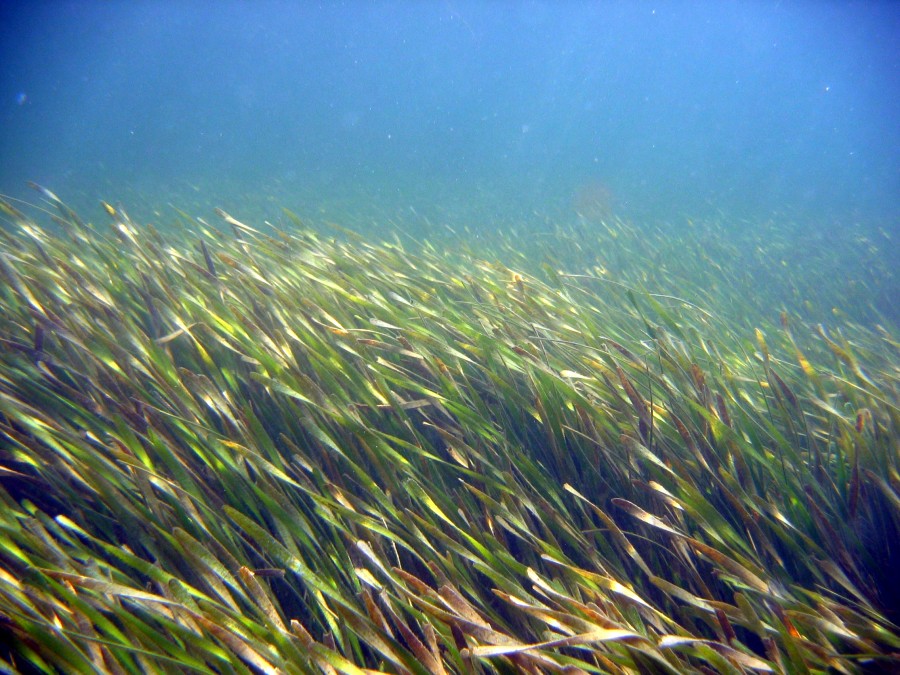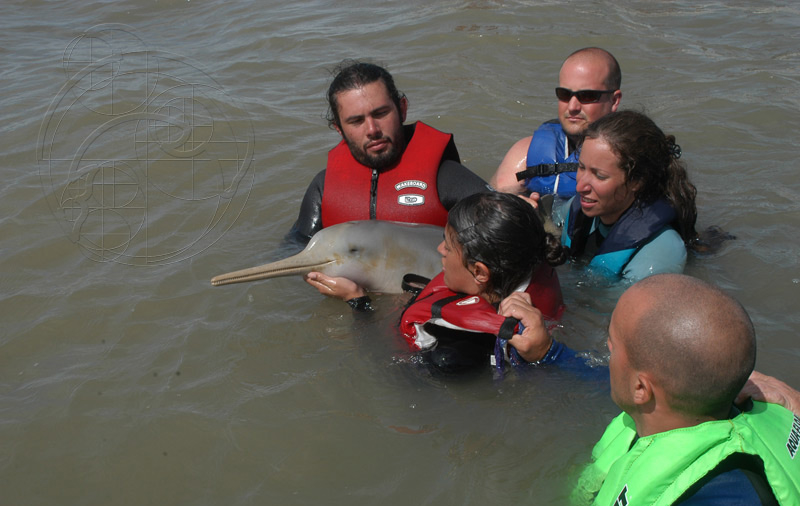These posts are about ecology studies conducted by the SDRP.
What’s on the Menu?
Nadine Slimak2023-09-03T13:53:41+00:00Since 1970, we’ve been studying Sarasota Bay’s dolphin community — getting to know their lineages, their companions and even their favorite hangouts. But understanding the dynamics of a population of animals also includes understanding how they interact with their environment, especially learning about the types of food they prefer, the places where they find




